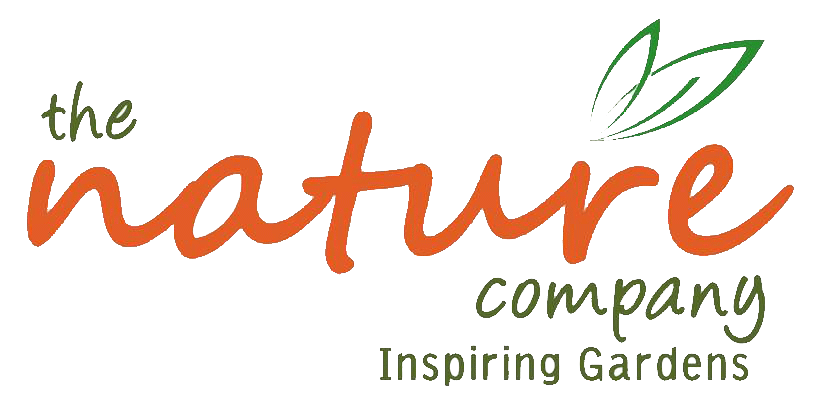5 BENEFITS OF LIVING GREEN
- The Nature Company
- Oct 4, 2016
- 3 min read
5 Benefits of Living Green
Interior and exterior greenery used to be limited to pot plants, but it has been liberated with the arrival of living green walls. Living green walls (also commonly known as vertical gardens or living walls) are simply vertical screens of lush foliage constructed with low-maintenance irrigation system to the exterior or interior of a building. With a living green wall instillation, you can leverage on the numerous benefits such as the enhancement of the building’s ambience, moderates humidity, improved air quality as well as reduction in energy cost.

Living green walls can transform the dull expanse of interiors to life by rejuvenating the space to give it an eclectic mix of greenery. The idea being surrounded by living greenery whether installed in the interior or on the exterior of a building gives an opportunity to be closer to nature despite the concrete jungle we live in, especially in the business districts. The emphasis and efforts placed on sustainability and living green in Singapore has risen in the past decade. By 2030, 80% of the buildings will be certified green. A green solution to improve your space with a touch of nature.
1. Visual Benefits

Living green walls radiates a welcoming and captivating environment. Despite being able to portray a breath-taking infrastructure, these green walls act as a natural air-filtration system that occupants in a building can benefit. Vertical green walls of lush foliage brings about an impressive appearance while emitting the soothing effects of being around nature.
With the rise in building sustainable infrastructures, these vertical gardens are commonly found on the exteriors of skyscrapers, waiting spaces and more.
2. Sustainability

Green buildings are extremely vital for sustainability. Singapore is densely built-up urban environment, with limited land space and few natural resources. Green living walls are sustainable living walls that effectively ensures buildings become more energy efficient which leads to a decrease in carbon emissions. There is also greater focus on the needs and well-being of building occupants.
3. Improved Air Quality

Living green walls mimic the natural effects of nature by acting as air-filters. It helps filters pollutants and combat computer emissions creating a fresher and livelier environment to work in, thus leading to better productivity and pose positive health effects on employees. We are constantly being exposed to various air toxins such VOCs, carbon monoxide and benzene. These green walls are able to stabilize and combat harmful toxins as they release oxygen into the environment and provides better interior air circulation on a larger scale as compared to potted plants.
4. Energy Cost Reduction

Living green walls are able to lower the heat transmittance and reduce the urban heat island effect through a process known as evapotranspiration. An exterior green wall is able to provide a cooling potential on the building surface, effectively reducing the temperature by as much as 10 degrees °C, thus significantly conserving energy use and saving cost.
5. Noise Level Reduction

A lesser known benefit of living green walls is the ability to reduce noise levels in building. Green walls vegetation’s act as an insulation to noise by blocking high frequency sounds while the supporting structure can also block low frequency noise. Living green walls act as extra insulation with a layer of air between the plants and the wall. They also reduce noise levels by reflecting, refracting as well as absorbing acoustic energy.
















Comments